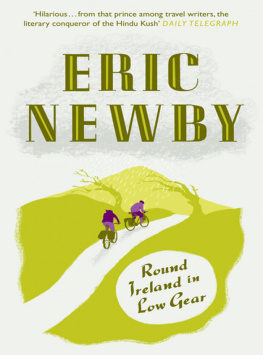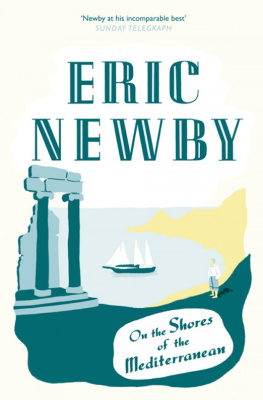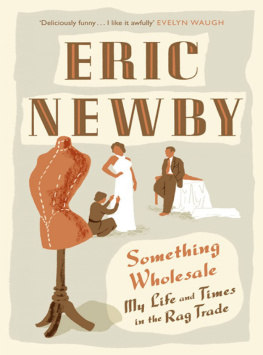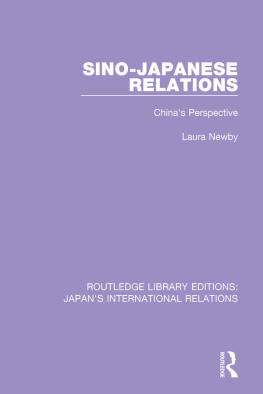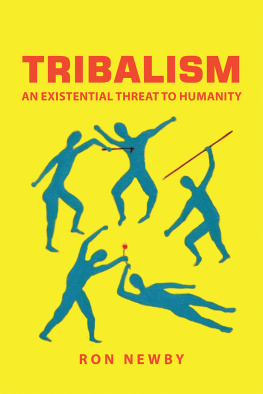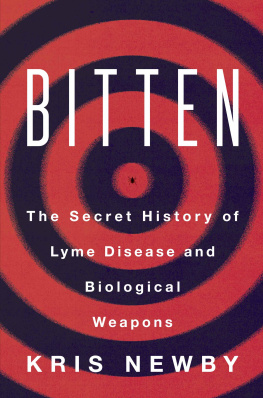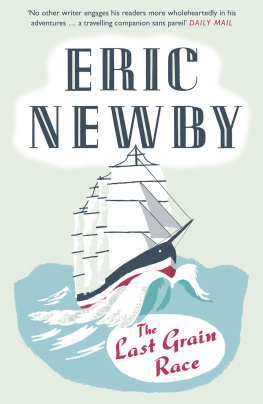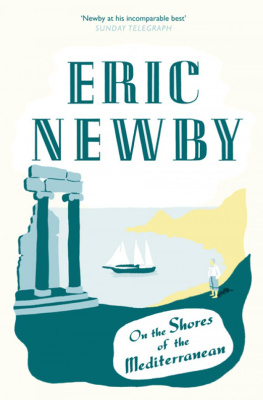I would like to take the opportunity to express my gratitude to Terry Sheehy, who many years ago first kindled my enthusiasm for travelling in Ireland and, by presenting me with Rambles in Eirinn by William Bulfin, first drew my attention to the charms of cycling round it. I am particularly indebted to John Lahiffe of Bord Failte (the Irish Tourist Board) in London for the tremendous patience he displayed in searching out the most difficult information; and also for their help to Tom Magennis in Dublin and the following members of the regional tourism organizations under the auspices of Bord Failte: Frank Donaldson in Cork; Michael Manning in Skibbereen and Joe Palmer in Sligo along with their staffs; and Vincent Tobin, Joe Vaughan and Mary Watson of Shannon Development. I am grateful, too, to the director and managers of Sealink UK who facilitated our various passages to and from Ireland, often at very short notice.

The roads are very variable, some being grand, others very bad. Intercourse with the peasantry will be found interesting and amusing. Nothing can exceed their civility and courtesy; and for those who are not too particular it will be found an excellent plan to lunch in their cottages, excellent tea, home-made bread, butter and eggs being procurable for 1s. [5p] a head.
The Cyclists Touring Club Irish Road Book, c. 1899
In the autumn of 1985, more or less on the spur of the moment, we decided to go back to Ireland and travel through as much of it as we could in the space of three months or so, starting in the South. The North could wait. If things improved there, so much the better. If they got worse we would simply not go there. We were not going to travel in the guise of sociologists, journalists or contemporary historians. I was unlikely to write a book called Whither Ireland? or Ireland Now. We were not going there, we hoped, to be shot at. We remembered it as it had been some twenty years previously, when it had been idiosyncratic and fun. (Romantic Ireland was long since dead and gone, as Yeats wrote, with OLeary in the grave that is, if it had ever existed.) We were going there, in short, to enjoy ourselves, an unfashionable aspiration in the 1980s.
It was now mid-November. All Souls Day was already past. The dead season, as far as weather went, was in full sway all over the northern hemisphere and would last until Easter, and probably longer. We had no illusions about the dead season. Anywhere in the British Isles and in most parts of the Mediterranean it conjured up vistas of matchstick figures bent double by the wind, silhouetted against a colourless sea without a vessel in sight to break the monotony; sun lounges in hotels and guest houses filled with rolled-up carpet, those still open soldiering on with a skeleton staff, their proprietors in the Canaries, those left in charge in their absence never quite sober.
But it will be better in Ireland, we said, putting our faith in the Gulf Stream, and in the Irish themselves with their humour, and trying to forget, while adding up their other virtues, their cooking, though even that was said to have improved.
The reason we chose to begin our journey in this dead season was simply that at home in Dorset in the not-so-dead seasons we are engaged in extensive gardening operations without any sort of outside help. We have a large kitchen garden in which we grow all our own vegetables; large expanses of grass to be cut, a lot of it in a steep-sided orchard which, no sooner than one turns ones back on it, becomes infested with moles whose excavations knock hell out of a mower; not to speak of a long, tapering field and quite an extensive beech wood to try and keep under control.
Having decided to explore as much of Ireland as we could between December and March and the rest of it when we could afford the time, we then had to decide what means of transportation to employ. My first impulse, one not shared by my wife Wanda, was to walk it; but what makes Ireland such a meal from the walkers point of view is its coastline, which is 3500 miles long, more than a thousand miles longer than that of England and Wales and exactly a thousand miles longer than that of Scotland, and a lot of it on the Atlantic coasts very indented. Peninsulas such as the Iveragh, the Beara, the Dingle and Mizen Head are between thirty and forty miles long. To skirt the perimeter of these four adjacent peninsulas would involve a journey of at least 255 miles the Ring of Kerry on the Iveragh Peninsula alone is over a hundred miles and at the end of it one would only be about sixty miles further on ones way. Similar vast detours would also have to be made, if one was serious about it, all the way up the West coast.

